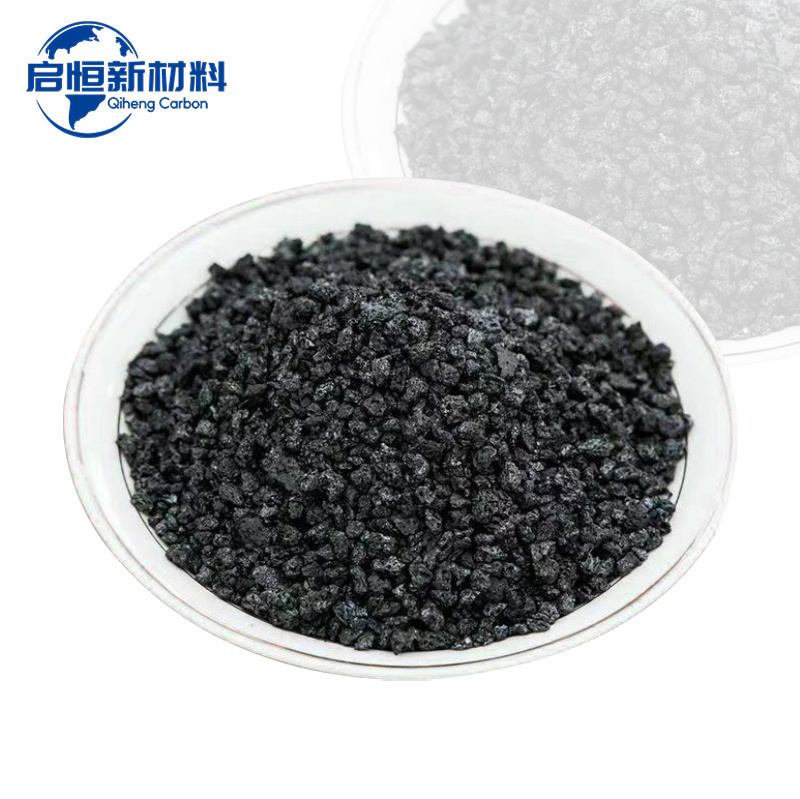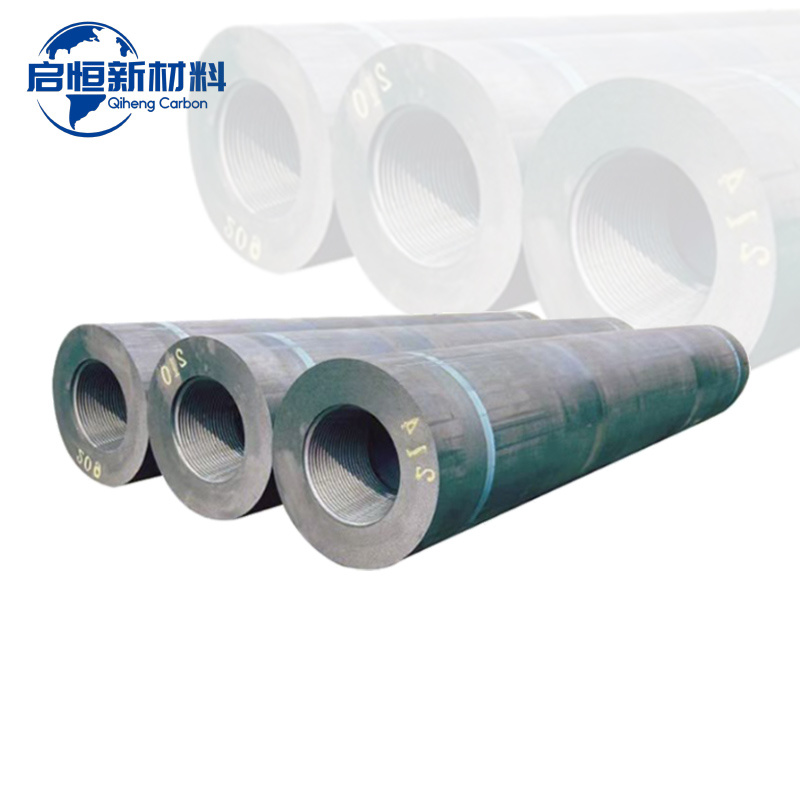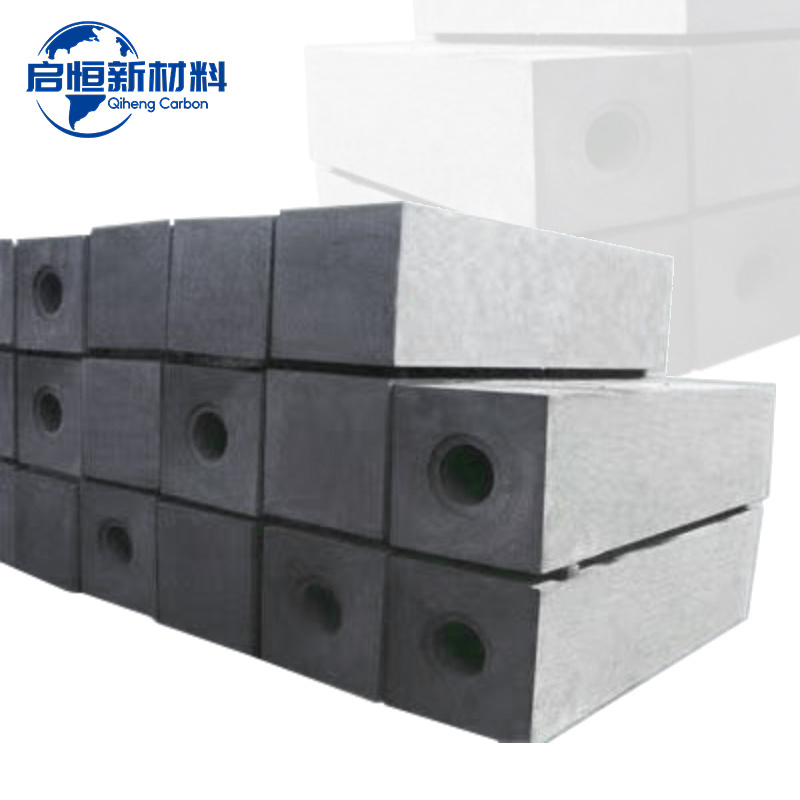The Environmental Impact of Petroleum Coke: What You Need to Know

The Environmental Impact of Petroleum Coke: What You Need to Know
As the world continues to grapple with the complexities of energy production and consumption, one byproduct has garnered attention for its environmental implications: **petroleum coke**. This article seeks to provide a detailed examination of petroleum coke's environmental impact, its production processes, uses, regulatory landscape, and the health concerns associated with it. Understanding these factors is crucial for anyone interested in the balance between energy needs and ecological responsibility.
Table of Contents
- What is Petroleum Coke?
- The Production Process of Petroleum Coke
- Uses and Applications of Petroleum Coke
- The Environmental Impact of Petroleum Coke
- Health Risks Associated with Petroleum Coke
- The Regulatory Framework Surrounding Petroleum Coke
- Future Trends and Innovations
- Conclusion
- FAQs
What is Petroleum Coke?
**Petroleum coke**, often referred to as **petcoke**, is a solid carbon material derived from the heavy residues of crude oil refining. Its formation occurs during the coking process, where high temperatures break down crude oil into lighter components and leave behind a solid residue. Due to its high carbon content, petcoke is primarily used as a fuel source and in the production of various industrial materials, including aluminum, steel, and cement.
Characteristics of Petroleum Coke
Petcoke has unique properties that make it a valuable commodity. It boasts a high calorific value, making it an efficient fuel source. Additionally, petcoke is categorized into two main types: **green petroleum coke** and **calcined petroleum coke**. Green petcoke is the raw form, while calcined petcoke has undergone further processing to enhance its properties, making it suitable for applications in the aluminum industry and as an electrode material in electric arc furnaces.
The Production Process of Petroleum Coke
The production of petroleum coke takes place primarily in oil refineries through a method known as coking. This process involves the thermal decomposition of heavy crude oil fractions, resulting in the formation of solid carbonaceous material. The process can be divided into several stages:
1. Crude Oil Distillation
The initial step involves the distillation of crude oil to separate it into various fractions. These fractions include gases, naphtha, kerosene, diesel, and residual oils, which contain the heaviest hydrocarbons.
2. Coking Process
The residual oil is then subjected to high temperatures, typically between 450 to 500 degrees Celsius, in a coker unit. During this process, the heavy hydrocarbons break down, resulting in liquid distillates and solid petroleum coke.
3. Collection and Storage
Once formed, the petroleum coke is cooled, collected, and usually stored in large piles at the refinery site. It can be sold as green coke or further processed into calcined coke, depending on market demand.
Uses and Applications of Petroleum Coke
Petroleum coke is utilized in various industries, reflecting its versatility and economic importance. Its primary applications include:
1. Fuel Source
Petcoke is frequently used as a cost-effective fuel in industrial applications, such as cement kilns and power plants. Its high carbon content allows for efficient energy generation, contributing to lower operational costs.
2. Aluminum Production
Calcined petroleum coke is essential in the **aluminum industry** as it serves as an anode material in the production of aluminum through the Hall-Héroult process. This application highlights the importance of quality petcoke for efficient aluminum smelting.
3. Steel Manufacturing
Petroleum coke is also utilized in the steel industry as a recarburizing agent. It enhances the carbon content of steel, which is crucial for achieving desired material properties.
4. Other Industrial Applications
Beyond these primary uses, petcoke finds applications in the manufacturing of titanium dioxide, electrodes, and as a filler in various products, demonstrating its essential role in multiple sectors.
The Environmental Impact of Petroleum Coke
The environmental implications of petroleum coke are multifaceted and increasingly significant as industries continue to rely on this material. Key environmental concerns include:
1. Air Pollution
The combustion of petcoke emits a range of pollutants, including carbon dioxide (CO2), sulfur dioxide (SO2), and nitrogen oxides (NOx). These emissions contribute to air quality degradation and can exacerbate existing health issues.
2. Greenhouse Gas Emissions
As a high-carbon fuel, petcoke generates substantial greenhouse gas emissions when burned. The increased reliance on this material raises concerns about climate change and its long-term impacts on global temperatures and weather patterns.
3. Water Contamination
Improperly managed petroleum coke storage can lead to runoff, contaminating nearby waterways. Studies have shown that leachates from petcoke contain heavy metals and other harmful substances, posing risks to aquatic ecosystems and human health.
4. Land Use and Habitat Disruption
The extraction and transportation of petroleum coke can lead to habitat disruption and land use changes. As demand for petcoke grows, the associated environmental footprint expands, necessitating careful management and planning.
Health Risks Associated with Petroleum Coke
The health implications of petroleum coke extend beyond environmental concerns, impacting human health as well. Key health risks include:
1. Respiratory Issues
Exposure to airborne pollutants from petcoke combustion can lead to respiratory problems, such as asthma and chronic obstructive pulmonary disease (COPD). Increased particulate matter in the air is a significant health concern for communities near petcoke facilities.
2. Skin and Eye Irritation
Direct contact with petroleum coke dust can cause skin irritation and eye discomfort. Workers handling petcoke without adequate protective measures may face increased health risks.
3. Long-Term Health Effects
Long-term exposure to pollutants emitted during petcoke combustion has been linked to serious health issues, including cardiovascular diseases and cancer. The cumulative effects of these emissions pose significant threats to public health, particularly in vulnerable populations.
The Regulatory Framework Surrounding Petroleum Coke
As concerns surrounding the environmental and health impacts of petroleum coke have risen, regulatory bodies have begun implementing measures to manage its production and use. Key aspects of the regulatory framework include:
1. Emission Standards
Governments worldwide have established emission standards for industries utilizing petroleum coke. These standards aim to reduce air pollutants and greenhouse gas emissions, promoting cleaner production practices.
2. Storage and Handling Regulations
Regulations governing the storage and transportation of petroleum coke focus on preventing water contamination and controlling dust emissions. Facilities must comply with strict guidelines to ensure safe handling practices are in place.
3. Community Reporting Requirements
Many regions require companies to report emissions and health impacts associated with petroleum coke operations. This transparency helps communities stay informed and engaged in discussions about local environmental policies.
Future Trends and Innovations
The future of petroleum coke lies at the intersection of energy needs and environmental responsibility. Key trends and innovations include:
1. Cleaner Technologies
Advancements in clean combustion technologies may mitigate the environmental impact of petcoke. Innovations aimed at reducing emissions and enhancing efficiency could improve the sustainability of this material.
2. Alternative Fuels
The increasing focus on renewable energy sources and alternative fuels presents an opportunity to reduce reliance on petroleum coke. As industries transition toward greener options, the demand for petcoke may decline.
3. Research and Development
Ongoing research into the health effects of petroleum coke and its environmental impact is crucial for informed decision-making. Stakeholders must prioritize investments in R&D to develop safer and more sustainable practices.
Conclusion
The environmental impact of petroleum coke is a complex issue that warrants careful consideration. As industries continue to utilize this material for various applications, understanding its production processes, uses, and associated risks becomes imperative. By acknowledging the environmental and health implications of petroleum coke, we can work toward a future that balances energy needs with ecological responsibility. Stakeholders must collaborate to develop cleaner technologies, enforce regulatory measures, and invest in research to mitigate the negative consequences of petroleum coke on our environment and health.
FAQs
1. What is the primary use of petroleum coke?
The primary uses of petroleum coke are as a fuel source in power plants and cement kilns, as well as in the aluminum and steel industries as anode and recarburizing materials.
2. Is petroleum coke harmful to the environment?
Yes, the combustion of petroleum coke can produce significant air pollutants and greenhouse gases, contributing to air quality issues and climate change.
3. What regulations govern petroleum coke production?
Regulatory frameworks vary by region but typically include emission standards, storage and handling regulations, and community reporting requirements to manage the environmental impact of petroleum coke.
4. How does petroleum coke affect human health?
Exposure to pollutants from petroleum coke combustion can lead to respiratory issues, skin irritation, and long-term health effects such as cardiovascular diseases and cancer.
5. Are there alternatives to petroleum coke?
Yes, there is a growing interest in alternative fuels and cleaner technologies aimed at reducing reliance on petroleum coke, particularly in light of environmental concerns and climate change goals.
Focus On Hot Spots
RP Graphite Electrodes: Transforming Conductivity in Metallurgical Processes
The Essential Guide to Graphite Blocks in Metallurgy and Energy Industries









